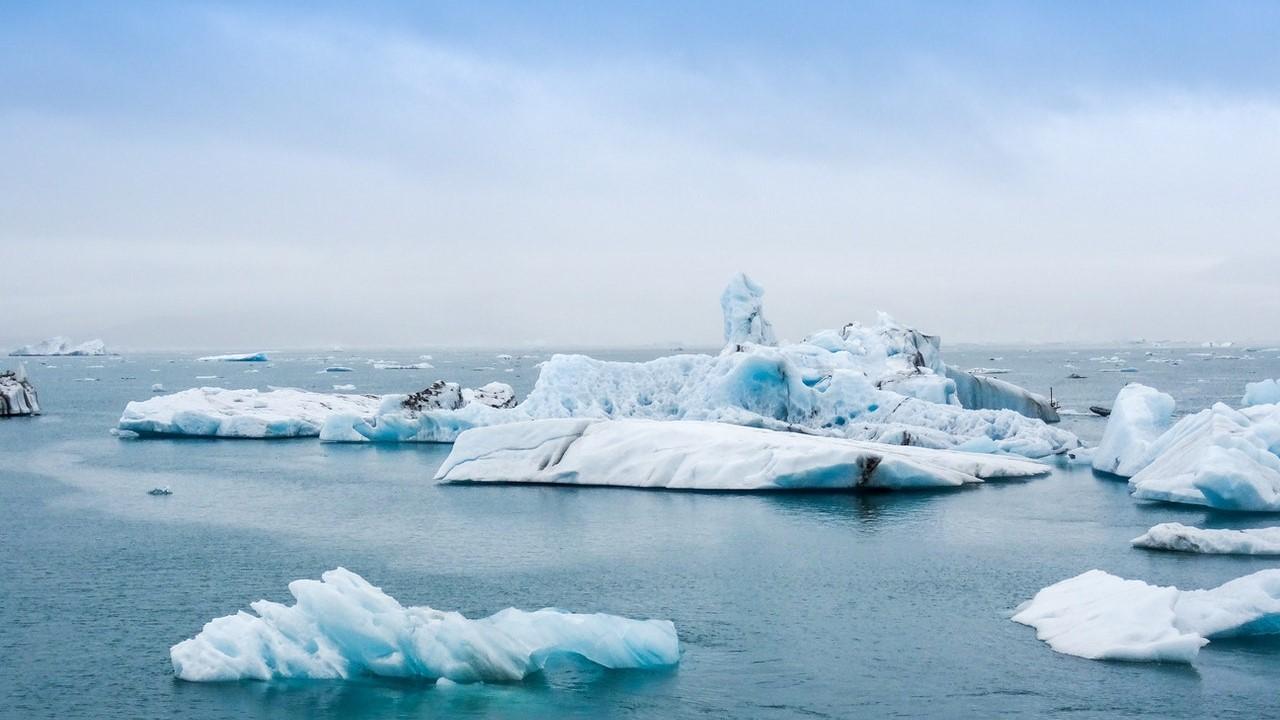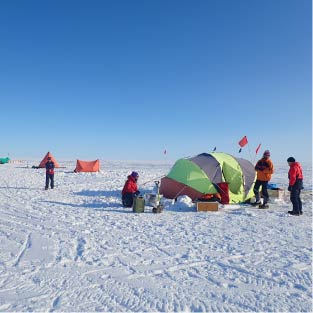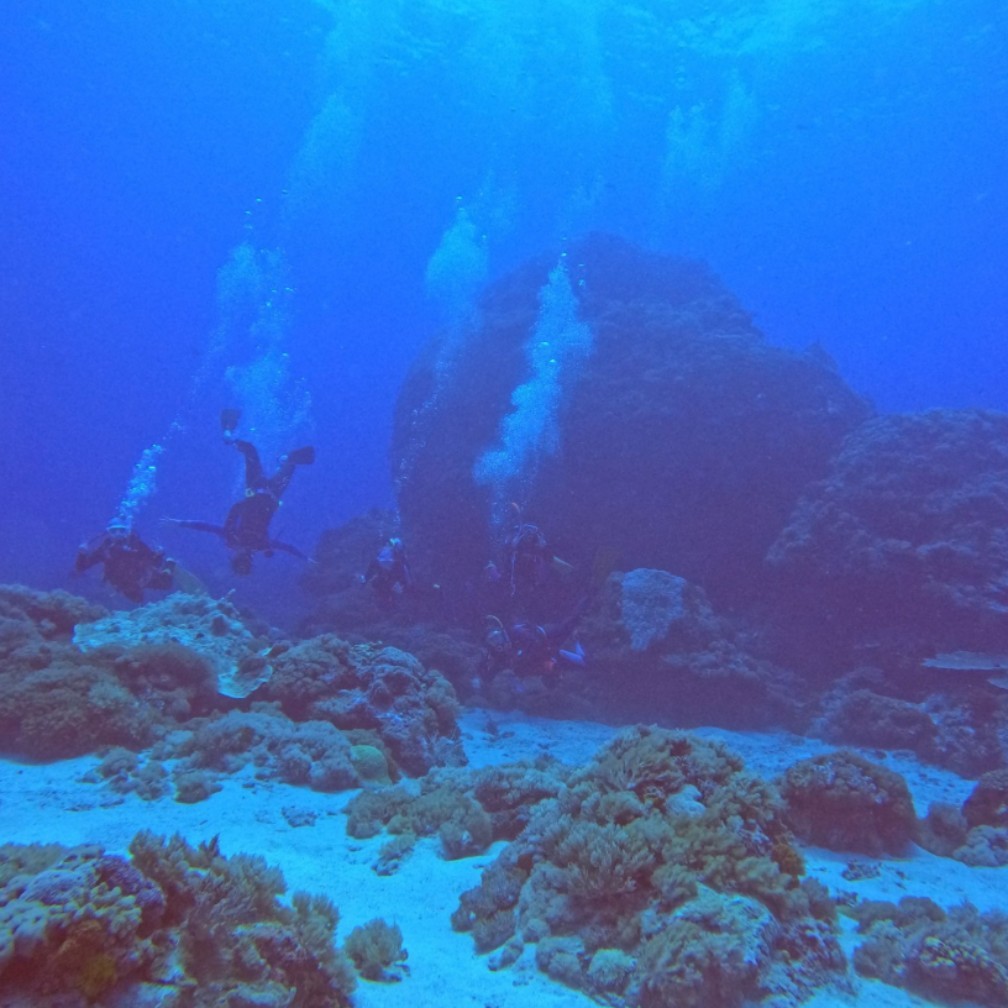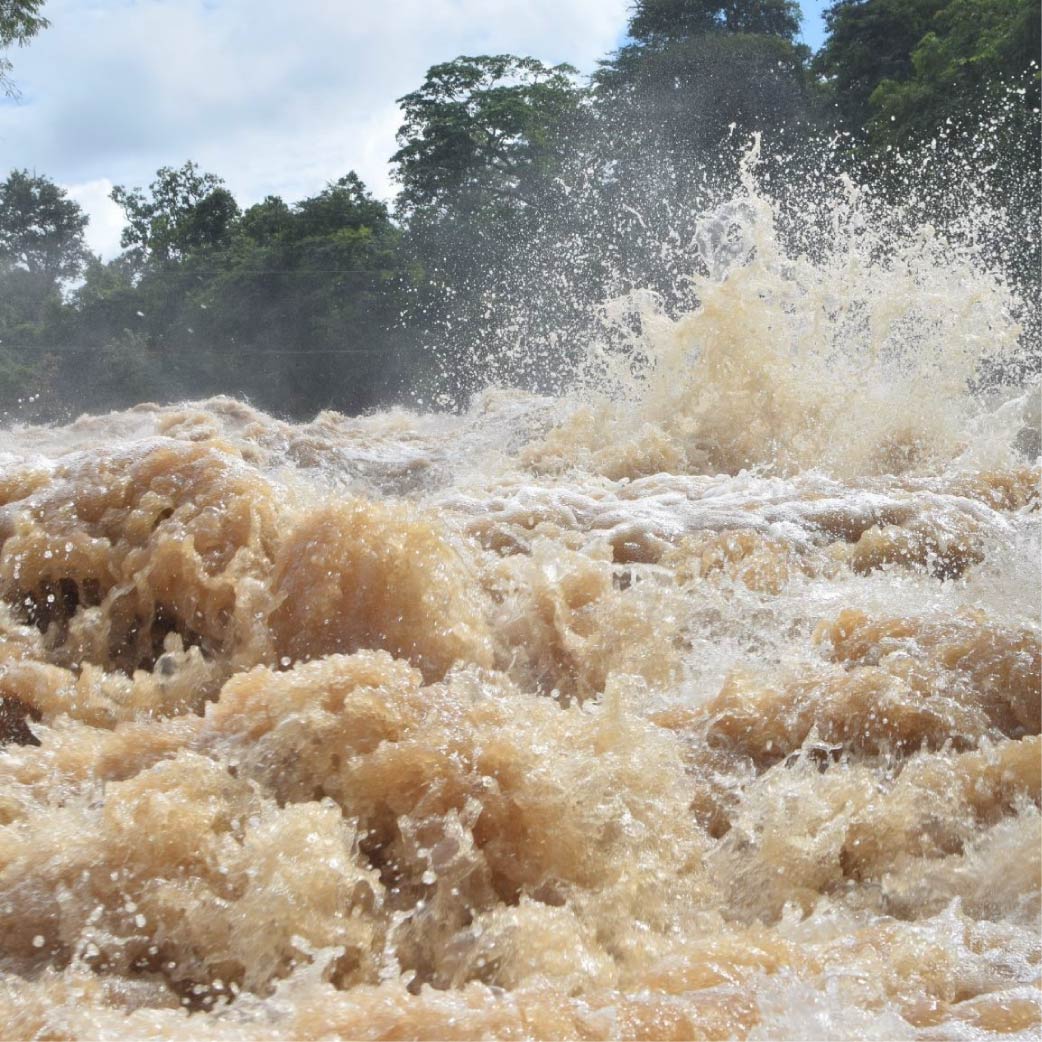
Understanding the processes underpinning our planet's climate is key to predicting future change
Antarctic ice cores reveal impacts of warmingResearchers from Cambridge Earth Sciences and the British Antarctic Survey have drilled 650 metres into the West Antarctic Ice Sheet to unlock the secrets of Earth’s past climate: giving us a window into what might happen in the future. Read more. |
|
Understanding how plankton lock away carbonOscar Branson and PhD students Madi East, Winnie Fang and Alice Ball, spent five weeks on Green Island, Taiwan, studying open ocean plankton (foraminifera). Their aim was to understand how these single-celled organisms grow their intricate shells, which lock away carbon from seawater as part of the global carbon cycle. Read more on our blog. |
|
Researching Earth's carbon stores and flowsBy studying how carbon moves through the world’s largest rivers, the Cambridge River Watch Group are helping us understand Earth’s carbon cycle - the conveyor that shuttles carbon between land, sea and air, driving our climate. |
|
Monitoring and mitigating pollution using tree leavesScientists are now starting to use dust trapped on tree leaves to monitor harmful air pollution, and Hassan Aftab Sheikh, PhD Student in our Department, is exploring if trees can also filter particles from the air. Read more on our blog.
|




